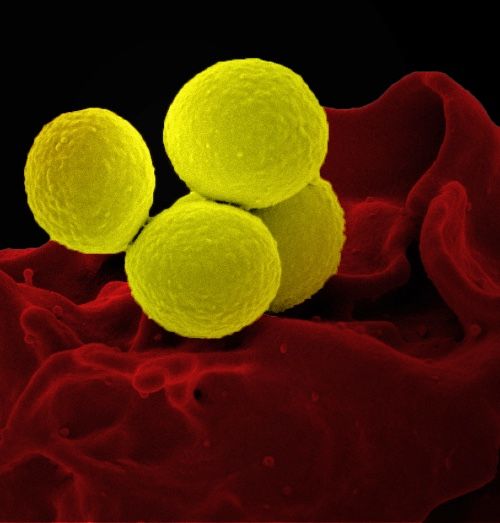In Midst of Coronavirus Outbreak, WHO Decries Lack of Antibiotics
Tedros Adhanom Ghebreyesus, MD, the director-general of WHO, said that “never has the threat of antimicrobial resistance been more immediate and the need for solutions more urgent."

Now that the planet’s attention is turned toward infectious disease thanks to the spotting of coronavirus in the United States yesterday, the World Health Organization (WHO) took the opportunity to point to another problem: the growing shortage of antibiotics available to fight all pathogens.
A WHO press releaseissued yesterday calls attention to 2 recent studies that the organization conducted: 2019 Antibacterial Agents in Clinical Development: An Analysis of the Antibacterial Clinical Development Pipeline, and its companion publication: Antibacterial Agents in Preclinical Development. “The 60 products in development (50 antibiotics and 10 biologics) bring little benefit over existing treatments and very few target the most critical resistant bacteria (gram-negative bacteria),” according to the WHO.
Tedros Adhanom Ghebreyesus, PhD, the director-general of WHO, said in the press release that “never has the threat of antimicrobial resistance been more immediate and the need for solutions more urgent. Numerous initiatives are underway to reduce resistance, but we also need countries and the pharmaceutical industry to step up and contribute with sustainable funding and innovative new medicines.”
The research and development into new antibiotics is driven mostly by small- and medium-sized pharmaceutical companies. Big pharma companies have largely left the field, finding that there’s not much profit in it.
Thirty-two of the 50 antibiotics in the pipeline target WHO priority pathogens, but they’re not much stronger than what’s already on the market. Only 2 work against the multidrug-resistant gram-negative bacteria, such as Klebsiella pneumoniaeand Escherichia coli. Such pathogens can cause severe and often deadly infections and pose a dire threat to people with weak or not fully developed immune systems, such as cancer patients, newborns, the elderly, and people undergoing surgery. In addition, 12 classes of bacteria plus tuberculosis are posing increasing risk to human health because they are resistant to most existing treatments.
There are only 3 antibiotics in the pipeline aimed at the highly resistant NDM-1 (New Delhi metallo-beta-lactamase 1). NDM-1 bacteria resist a range of antibiotics, including those from the carbapenem family, which today are the last line of defense against antibiotic-resistant bacterial infections.
Hanan Balkhy, WHO assistant director-general for Antimicrobial Resistance, said in the press release that “it’s important to focus public and private investment on the development of treatments that are effective against the highly resistant bacteria because we are running out of options. And we need to ensure that once we have these new treatments, they will be available to all who need them.”
Uncovering a Hidden Risk: Alcohol Use Disorder Significantly Increases C difficile Infection Rates
April 10th 2025A groundbreaking study reveals a strong connection between alcohol use disorder and increased risk for Clostridioides difficile infection, challenging traditional assumptions and calling for enhanced infection prevention protocols.
Uncovering a Hidden Risk: Alcohol Use Disorder Significantly Increases C difficile Infection Rates
April 10th 2025A groundbreaking study reveals a strong connection between alcohol use disorder and increased risk for Clostridioides difficile infection, challenging traditional assumptions and calling for enhanced infection prevention protocols.
2 Commerce Drive
Cranbury, NJ 08512